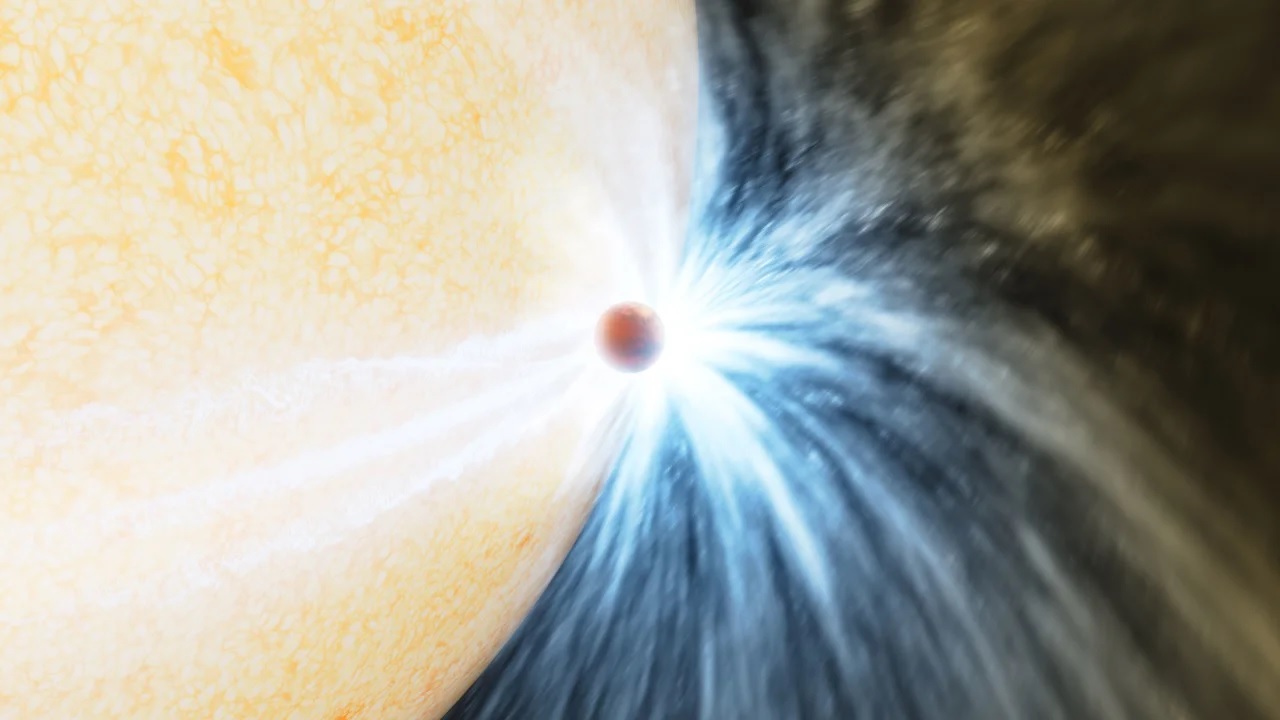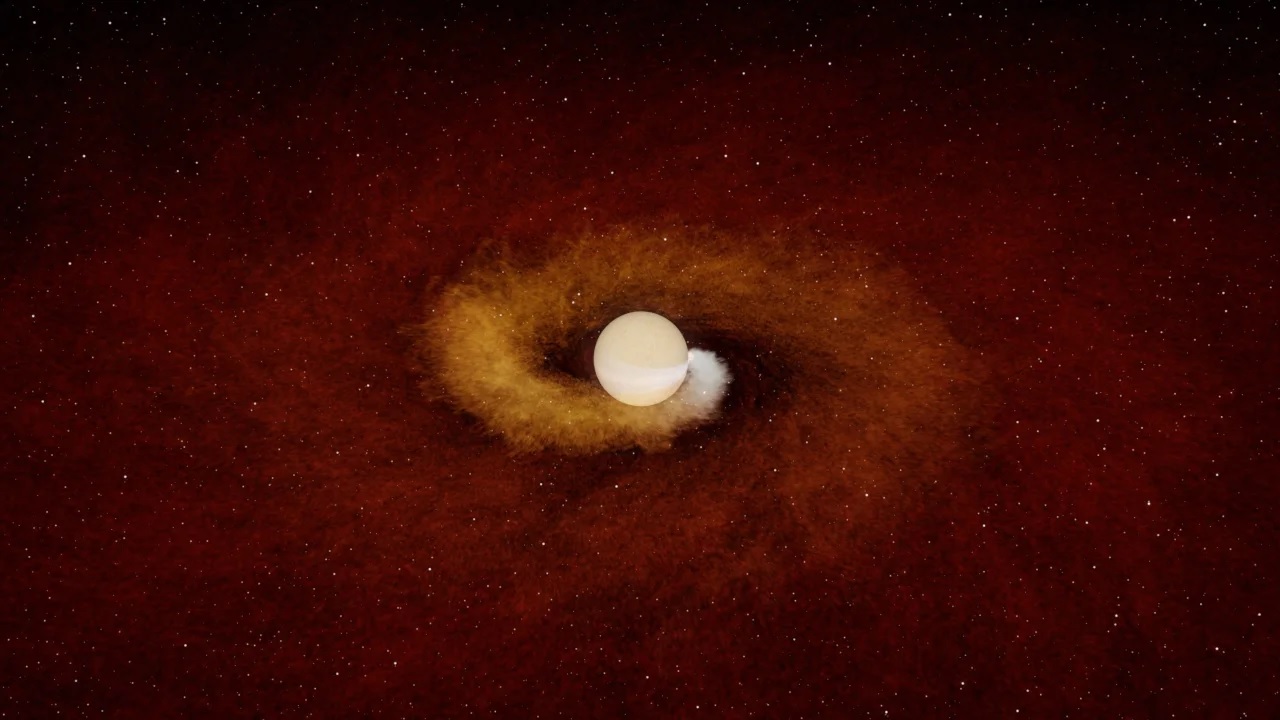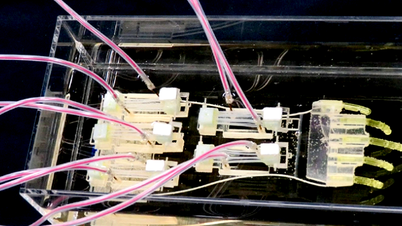However, astronomers say that when the Sun engulfs the Earth, it will cause only a "small disturbance" compared to the cosmic explosion they just observed.

Simulation of a planet passing across the surface of a star. Photo: IPAC
“Scary” discovery
Most planets are thought to end when their host star runs out of fuel. At that point, the star in that solar system turns into a red giant and continues to expand, devouring anything unlucky enough to get in its path.
Astronomers have seen the before and after effects of this process before, but never before caught a planet being devoured.
The serendipitous discovery unfolded like a “detective story,” said Kishalay De, a postdoctoral researcher at the Massachusetts Institute of Technology and lead author of the new study.
He said he stumbled upon a star that suddenly increased its brightness by more than 100 times over a period of 10 days during a study conducted three years ago. The star is located in our own Milky Way galaxy, about 12,000 light years away from Earth, near the constellation Aquila.
Mr De usually looks for binary star systems, in which the larger star will often swallow its companion. But the data showed that this explosion was surrounded by cold gas, suggesting it was not a binary system.
NASA’s NEOWISE infrared space telescope also showed that dust had begun to shoot out of the area months before the explosion, which produced about 1,000 times less energy than previous observed mergers between stars.
“So you ask yourself: What is 1,000 times smaller than a star?” Mr. De asked and answered. “It's like Jupiter.”
The team of researchers from MIT, Harvard University and the California Institute of Technology also determined that the swallowed planet is a gas giant with a mass similar to Jupiter, but very close to its star.
Meanwhile the devourer, which resembles the Sun, “devoured” the planet over a period of about 100 days, starting by gnawing at its edges, sending dust flying.
Finally, a flash of light occurs in the last 10 days as the planet is completely destroyed and plunges into the star.
Miguel Montarges, an astronomer at the Paris Observatory who was not involved in the study, noted that the star is thousands of degrees hotter than the planet. “It’s like putting an ice cube in a pot of boiling water,” he explained.
A similar end for Earth?
Most of the thousands of planets discovered outside the Solar System so far “will eventually suffer this fate,” said Morgan MacLeod, a postdoctoral researcher at Harvard and co-author of the study published in the journal Nature.

Simulation of the outcome of an Earth-like planet being swallowed by the sun. Photo: IPAC
However, he said, the Earth would most likely end not with a bang but with a whimper, being smaller and less energetic.
When the Sun runs out of energy and swells like a balloon and hits Mercury, Venus and Earth in about 5 billion years, it will create “less severe disturbances,” MacLeod said, because the rocky planets are much smaller than the gas giants.
However, it is very likely that humans or any civilization that is dominating the Earth at that time will not have to witness this terrifying scene. Because, before being swallowed, the "blue planet" was "uninhabitable". Because thousands of years or even longer before dying, the Sun will evaporate all the water on the planet.
“After billions of years of stretching the lifespan of our Solar System, its final stages may be coming to an end in a final moment lasting just a few months,” Ryan Lau, an astronomer and study co-author, said in a statement.
Now that astronomers know what to look for, they hope they will soon be able to observe many more planets being swallowed by their stars. “In the Milky Way alone, a planet may be swallowed up once a year,” De added.
Hoang Hai (according to NASA, AFP, CNN)
Source




























![[Photo] Signing of cooperation between ministries, branches and localities of Vietnam and Senegal](https://vphoto.vietnam.vn/thumb/1200x675/vietnam/resource/IMAGE/2025/7/24/6147c654b0ae4f2793188e982e272651)











































































Comment (0)